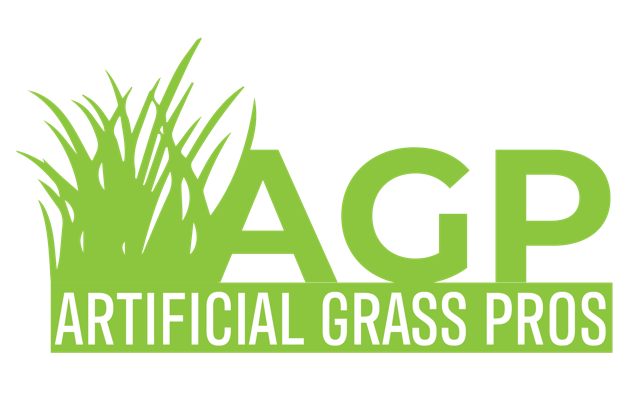As one of the most popular youth sports in the country, and arguably in the world, high school
football has put a new face on youth recreation and physical fitness. Youth leagues across the
country have discovered a new passion in putting green facilities. In the past few years, more than a
dozen high schools in the U.S. have constructed or renovated putting green facilities. Many of these
high schools have done so as a part of a community effort to improve the athletic landscape of their
district. The result is a noticeable boost in student athletic performance and an end to parents calling
attention to the kids’ lack of exercise.
The Putter and The Sticker – It used to be that only professional golfers were able to use putting
greens. Today’s renovations of existing golf courses are making it possible for even younger children
to play the game. An example on the Web site shows a 14,500-square-foot youth putting green, a
second full-time dual-side 350-yard training course and a dedicated low-minute short game area.
Each of these game venues is located on the grounds of a school.
Putting Green Cost – Putting greens are usually constructed of high quality artificial turf. This turf can
be purchased relatively inexpensively and affords great value for money for such a large surface.
The downside of installing a putting green is the initial cost. If it is constructed on a golf course, it is
most likely going to be located on an expensive piece of property, which is not likely to be the case
for backyard turf. Nevertheless, if the schools have already spent the money to build an on-site golf
course, they can put up a second putting green much more economically.
Homeowners who wish to install a backyard putting green on their property may also have some
concerns about safety. Backyard putting greens present unique challenges to the home owner’s
safety regulations. First of all, since there is no tangible physical contact between golfer at the
instant that the ball is hit, there is a higher risk that a stray ball could travel from a distance could
crash into a home or into an animal. In addition, on rainy days, water can splash into the Putting
Green and possibly cause damage to the ball. For these reasons, it is highly recommended that any
backyard putting green be installed in a safe environment.
Surface Type – Putting greens are typically constructed using traditional natural sand. Today, there
are a few manufacturers who offer a premium natural turf surface designed for golf courses. These
greens are constructed of a higher grade of clay and as a result have a higher compression strength
than traditional natural sand. This means that the green speed is faster than that of traditional sand
and allows for longer shots. The drawback of this is that it does not last as long, as it is slower in its
recovery from bumps and thuds.
Compaction – On many non-natural grasses, the compaction rate decreases over time because the
grass seed does not remain dormant and develop roots and then ooze nitrogen per thousand square
feet per year. As a result, the compaction rate on artificial turf is less than natural grass. Artificial
greens do last longer when properly maintained however.

Recent Comments